Fact: A great resume will stand out from the crowded marketplace of others, get noticed quicker and demand attention from employers. Creating an eye catching powerful resume can greatly improve your chances of landing that dream job, so you want to put your best paper forward. Here are 3 ways to make your resume pop.
Make a great first impression: A clear and concise resume will quickly show a picture of the value you’ll bring to an employer. The objective, headline and or summary sections of your resume are a good place to start creating this picture. We’ve found that resumes with relevant and eye catching objectives, headlines and or summary sections are more likely to be contacted by an employer than those who don’t have one, but remember that the content must be relevant to the audience you’re attracting. If your headline speaks to a design job and you’re applying for a sales role, it’ll do you no good.
Think of the headline as a professional tagline that includes:
- The type of job you’re targeting and a description of your experience level
- A pop or flair if you’re applying to creative roles
- Specific qualifications and or skills that employers will value
- The summary section (if you find it necessesary, but our motto is less can be more) can be used to further capture the employers attention by highlighting notable achievements and skills. Numerous studies conclude that users who include a Summary are nearly twice as likely to be contacted than those who don’t. This section should be more extensive than the Headline, but keep it brief and focused if you’re going to leverage the summary section.
It should go without saying, but resumes with spelling mistakes or grammatical errors are likely to cause recruiters and hiring managers to stop reading. With the help of friends, colleagues and technology, you can avoid simple mistakes that can come across as careless. Additionally, if you have specialized training or certifications that are usually described with acronyms, don’t assume that the recipient you sent the resume to will know their meaning. Put acronyms in parentheses after the spelled out version to ensure these qualifications aren’t overlooked.
Target the job you want: To make your resume stand out to relevant employers, it’s helpful to review job postings for the types of positions you’re qualified for and take particular note of:
- The language employers use to describe desired skills and experience needed
- The responsibilities of the position your targeting
- The words/phrases used to describe the ideal candidate
This upfront research will reveal what details you will want to have on your resume. For example, if the jobs you’re pursuing commonly cite leadership and management experience as a desired skill, make sure your resume includes examples of your history of leading and managing people and the size and scope of those responsibilities.
Studying resumes of people who hold, or have held the type of job you’re pursuing, is also useful – and what better way to do that than by hopping on free resources like LinkedIn or Indeed and finding people who have held the role you’re pursuing? What skills and accomplishments do they emphasize on their profiles or resumes? What does their career progression look like that you could speak to also? The answers should provide you with actionable ideas for how to showcase your experience on your resume and in your presentation.
Demonstrate your positioning for success: To illustrate the value you’ll bring to a prospective employer, your resume’s Work Experience section should emphasize specific cited results you have delivered for other employers. It is very important to use specific examples that show how you did it and what results you achieved, and not just make general statements or claims. Generalizations make it difficult for someone to assess the value you provided to previous employers and the value you could provide to them. Whenever possible, quantify your accomplishments. For example, if you’re applying for a Senior UX role with a great digital media company, it’s important to have a portfolio to support your accomplishments that include great wireframes. BUT how do you separate yourself from the competition and show that employer the vision behind that wireframe? It’s in the details. If your portfolio included wireframes that showed process work and not just what you were trying to solve, but how you solved the problem, going that extra mile will help you come out on top.
In summary, a resume is the first thing recruiters and employers will see and use to determine if you are right for the next steps. These three resume builders are crucial in not only making your resume stand out from the crowd, but more importantly, getting you one step closer to that ideal job!

